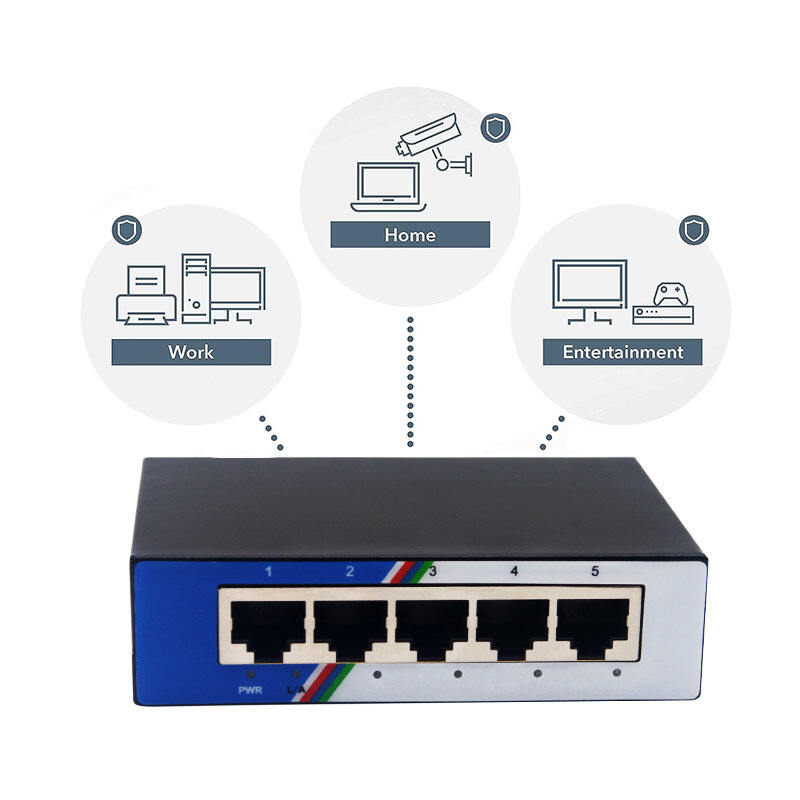
A gigabit switch is a networking device that supports data transfer rates of up to 1 gigabit per second (Gbps) per port, significantly faster than Fast Ethernet switches, enabling quick transmission of large files, high-definition video, and real-time data across local area networks (LANs). This speed makes it ideal for small to medium-sized businesses, home offices with multiple devices, and industrial environments where efficient data flow is critical. Shenzhen Dasheng Digital Co., Ltd., a national high-tech enterprise with 15 years of expertise in industrial-grade communication equipment, manufactures gigabit switches that deliver reliable performance, low latency, and robust design, ensuring seamless connectivity for a wide range of devices. The gigabit switch from this company is built with high-quality components to handle continuous operation, supporting plug-and-play functionality for easy installation and integration into existing networks. These gigabit switches are engineered to meet the demands of smart security systems, where multiple IP cameras transmit high-definition video, and digital education setups, where interactive tools require fast data exchange. With a focus on efficiency, the gigabit switch reduces network congestion by prioritizing data traffic, enhancing performance in industrial automation and small-scale enterprise networks. The gigabit switch also features energy-saving technologies, adjusting power usage based on device activity, and compact designs that save space in tight installations. Whether used in offices to connect workstations and servers or in retail environments linking point-of-sale systems, the gigabit switch from Shenzhen Dasheng Digital Co., Ltd. provides a cost-effective solution for upgrading network speeds, leveraging the company’s commitment to innovation to meet global standards. By integrating a gigabit switch, users can experience faster data transfer, improved productivity, and a more responsive network, making it an essential component in modern networking infrastructure.
